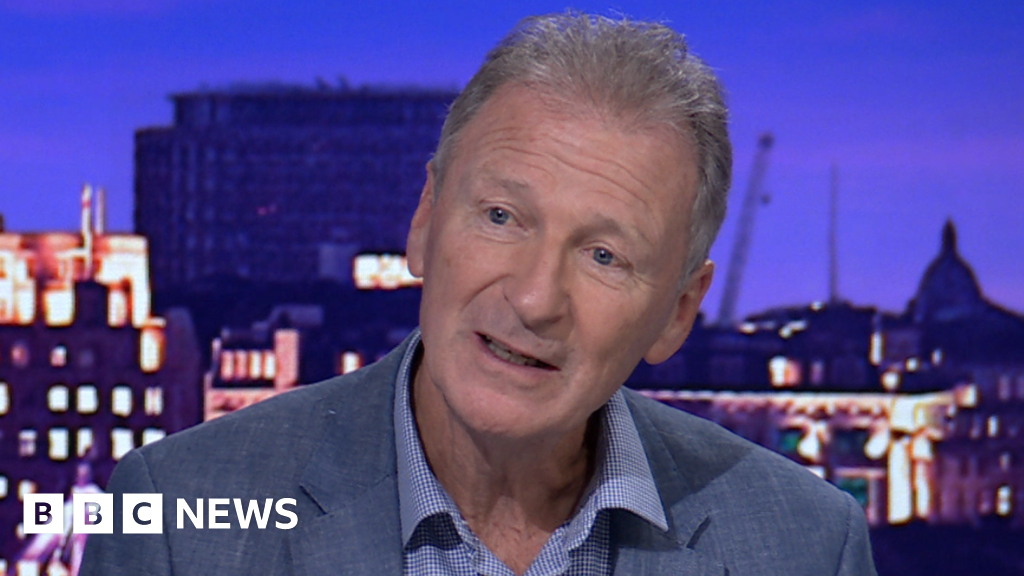European households are saving at higher rates than the pre-pandemic era, according to data that highlights a clear and persistent divergence from more buoyant US consumers driving America’s economic recovery.
Savings rates spiked on both sides of the Atlantic during the pandemic as consumers were forced to stay at home. But while Americans have since unleashed spending, Europeans have struggled to shake a sense of economic insecurity after Russia’s invasion of Ukraine.
The household saving ratio in the Eurozone rose to a three-year high of 15.7 per cent in the three months to June, well above its pre-pandemic average of 12.3 per cent, according to data published by Eurostat on Friday.
Although headline rates are not directly comparable, the trend is markedly different in the US, where spending has helped fuel the economic rebound. The personal savings rate was 5.2 per cent in the second quarter, below the 6.1 per cent average for 2010-19.
“The lower US saving rate has helped propel consumer spending, which has been the key driver of US growth, and a key reason why the US economy has grown more quickly than the European economy,” said Mark Zandi, chief economist of Moody’s Analytics. “The American consumer has been driving the global economic train.”
Gross domestic product is on track to expand by 2.6 per cent in the US this year, fuelled by strong household spending, according to the OECD’s latest projections, compared with rises of just 0.7 per cent in the euro area and 1.1 per cent in the UK.
In a sign of the continued US expansion, the economy added 254,000 jobs in September, smashing analysts’ expectations, according to data released on Friday.
A buoyant stock market and high property prices helped US households’ wealth grow, Zandi said. In Europe, where share ownership is less broad-based, the boost from rising stock prices has been smaller.
He added that European homeowners have more shorter-term mortgages, prompting them to save more in anticipation of higher interest payments on new home loans, while many US homeowners are locked in record-low interest rates with 15- and 30-year fixed-rate mortgages.
“The broader trajectory of balance sheets in the US has been much stronger, and so US households have arguably been in a position where they have felt more comfortable maintaining relatively low savings,” said Nathan Sheets, chief economist at US bank Citi.
“The European consumer is just very, very cautious, and the US consumer is much more comfortable to spend, spend, spend.”
Consumers in the UK are also showing caution. The UK household saving ratio rose to a three-year high of 10 per cent in the second quarter, much higher than the 2010-2019 average of 7.5 per cent despite downward revisions, according to official data published this week.
Simon MacAdam, economist at the consultancy Capital Economics, said European household wealth gains during coronavirus lockdowns had since evaporated. He noted that European households are investing more in housing than before the pandemic, which also pushes up the headline Eurozone savings figure. Higher salaries have yet to boost confidence and spending, analysts said.
An escalation of conflict in the Middle East may be contributing to the mood of caution in Europe, which is more dependent than the US on energy supplies from the Middle East. Weak economic growth has also damped morale; output contracted in the latest quarter in Germany.
“The Europeans save more as they remain insecure about the future with war nearby and Germany in the doldrums,” said Samy Chaar, chief economist at the bank Lombard Odier. “A lot has changed for them, and not in a good way.”
Economists warned that the savings figures are notoriously difficult to estimate because they represent the difference between two uncertain numbers — income and consumption — and are often subject to revisions.
The OECD forecasts that harmonised household saving ratios — net of capital investment — in Germany and the Eurozone will remain higher than their pre-pandemic average and above those in the US until at least next year.
The Paris-based organisation for large economies also forecasts higher saving rates in 2025 than before the pandemic for the UK.























































































































































You must be logged in to post a comment Login